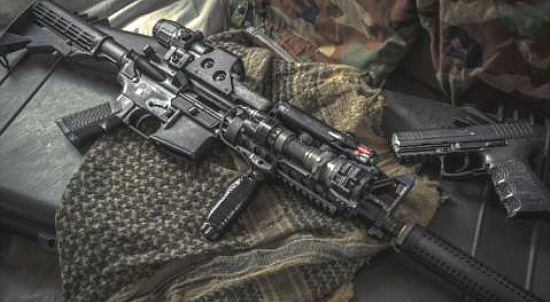

Bans on "Assault" Weapons
Do Not Reduce Crime
By Benjamin Williams. Nov 26, 2022
Prominent Democrats, including President Joe Biden, have repeatedly expressed interest in reinstating a federal assault weapons ban. Biden himself included an assault weapon ban in his 1994 crime bill, which lasted ten years until its expiration in 2004. Biden has claimed that the ban did its job and reduced mass shootings: "When we passed the assault weapons ban, mass shootings went down. When the law expired, mass shootings tripled."
But a detailed review of the data demonstrates that the ban had no real benefits whatsoever, and neither did it lessen the frequency of major shootings.
What Is an 'Assault' Weapon?
Contrary to popular belief, an 'assault' weapons ban does not ban AR- or AK-style rifles. Assault weapons bans focus primarily on the specific functions of these rifles. The 1994 ban described 'assault' weapons as semiautomatic rifles that:
had the ability to accept a detachable magazine and possessed two of the following five features: (1) a folding or telescopic stock; (2) a pistol grip that protrudes conspicuously beneath the action of the weapon; (3) a bayonet mount; (4) a flash suppressor or threaded barrel designed to accommodate a flash suppressor; or (5) a grenade launcher.
This definition permits some adjustments to be made to rifles, such as an AR-15, that would make them completely legal (or "compliant"). Rifles that comply must have a fixed stock. Stocks cannot be telescopic or folding. A pistol grip is incompatible with a compliant rifle. Compliant rifles typically have a stock that has additional material added to it, so the pistol grip is attached to the stock or is extended far enough to prevent the shooter from wrapping around it with their thumb. The maximum number of rounds the rifle's magazine can hold is 10. Any more than that is regarded as a high-capacity magazine. The rifle may not have a flash suppressor [...]
..... 
![]()

























